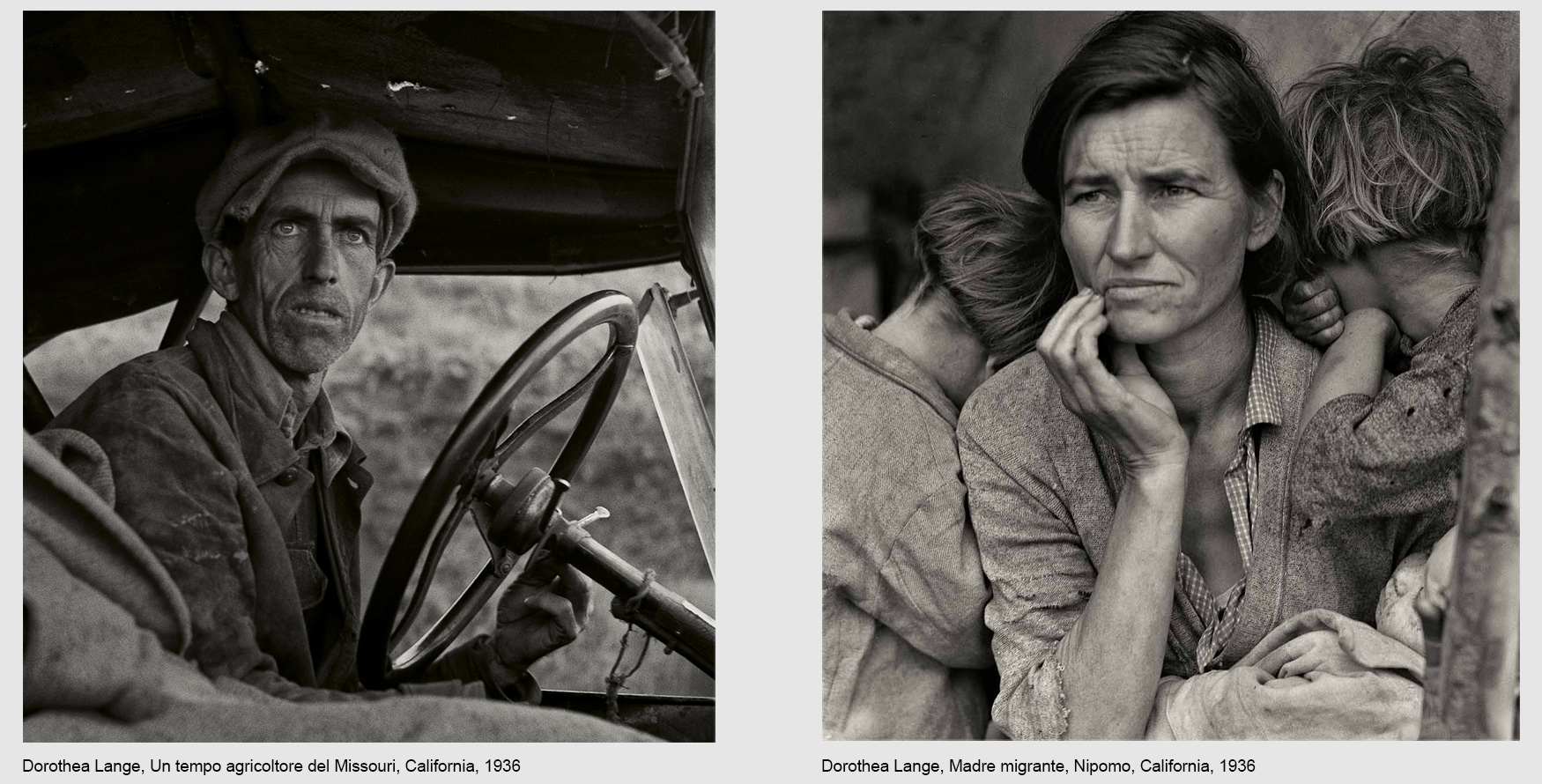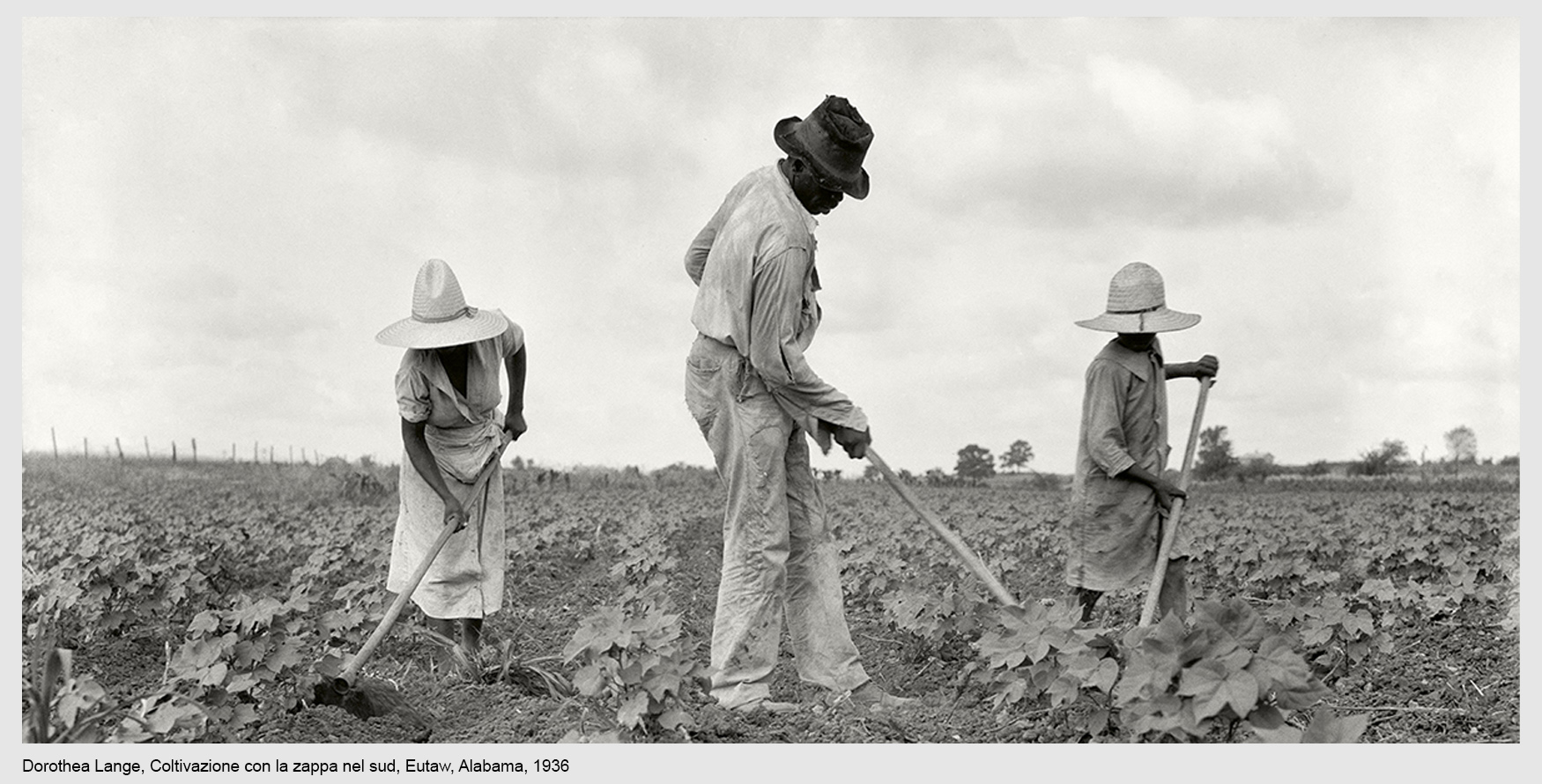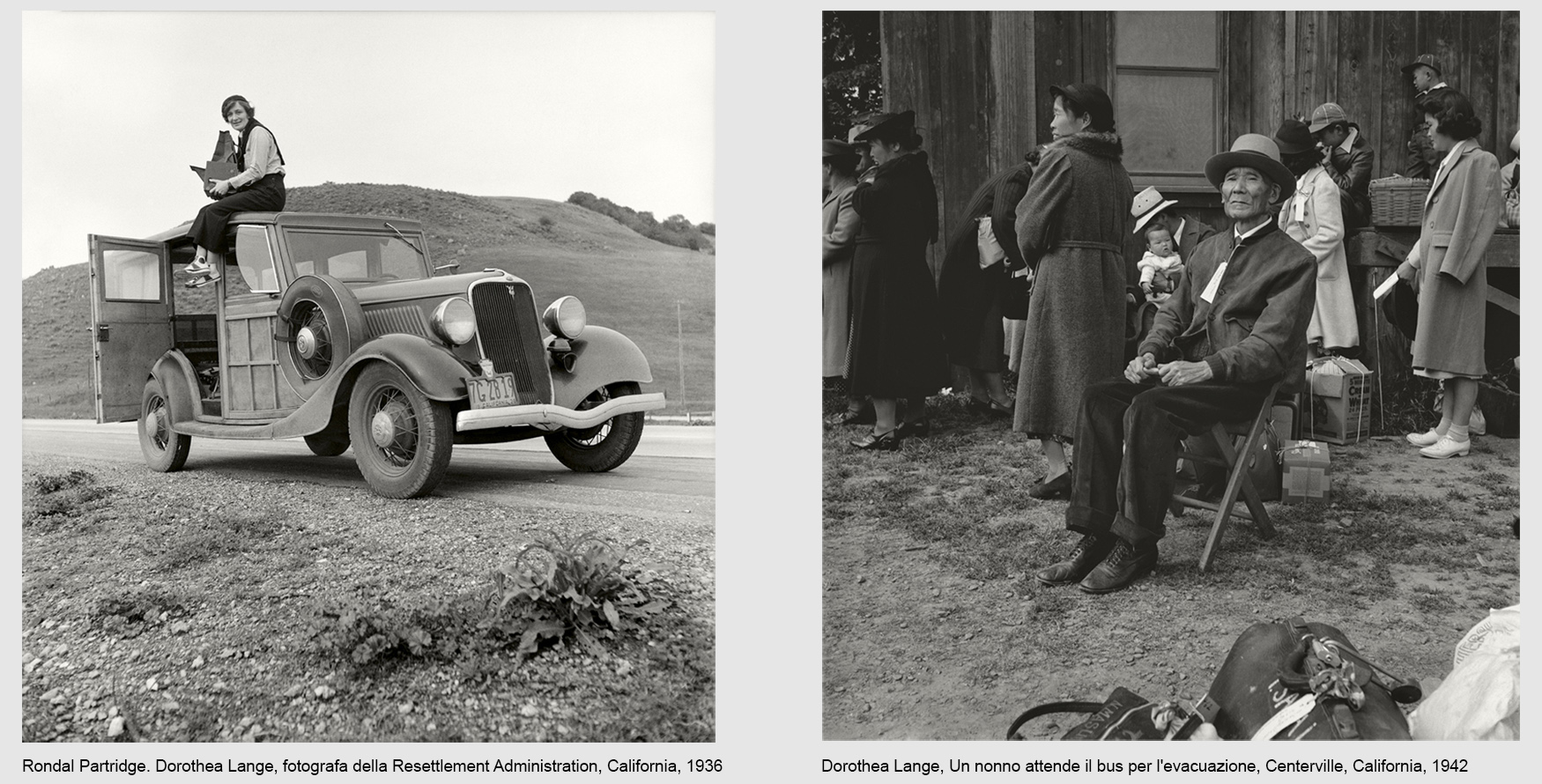From October 27th to February 4th at Museo Civico di Bassano del Grappa - Vicenza
We are the ones who open doors of universities, stores, hospitals, and buildings that have turned from places to icons. We are the ones that "even a pull tells who we are, so let’s make it even better"; the ones that "sustainability is consistency unveiling in the long run, so let’s pay attention now". We are the ones who team up with the best partners and who have women in charge. Those who enhance the function of a grab bar in a bathroom, of a pull on a drawer. Strong as steel and always changing like copper. We are the ones who make you enter, leave, go, stay and return. We are the ones who never make just for the sake of making, but always moved by the ambition of creating good and beautiful objects for everyone.
We are those who question the morality within creating. Because imagining, developing and manufacturing, bringing into the world a form that was not there is, above all, an act of responsibility worthy of deep thought. This drive to focus on the essential before acting is what makes us feel connected to Dorothea Lange. The photographer who said "the camera is a tool that teaches people how to see without the camera" much resembles us, our hints to a broader horizon, our view of business ethics as the tool to make the world a better place for all.
 Realised in collaboration with CAMERA - Centro Italiano per la Fotografia di Torino, the exhibition will present 200 shots which span the career of the famous American photographer, with particular emphasis on her production of the 1930s and 40s. Developing a very personal and incisive style in those years, she created photos to foreground themes which are still extremely relevant today: the climate crisis, migration and the various forms of discrimination which characterised the Great Depression in the United States. Her idiom is both blunt and brimming with sophisticated modernist suggestions; her works live ‘beyond time’, given their continued capacity to stimulate reflection and debate in our day. The highlight and novelty of the exhibition is the in-depth look at the origin of the famous, iconic Migrant Mother: a sequence of five shots made by Lange to find the perfect one, together with other powerful photos of migrants taken in that camp, goes into creating a display that is both fascinating and educational. Descriptions of the images will aid visitors in comprehending the process by which an icon came into being.
Realised in collaboration with CAMERA - Centro Italiano per la Fotografia di Torino, the exhibition will present 200 shots which span the career of the famous American photographer, with particular emphasis on her production of the 1930s and 40s. Developing a very personal and incisive style in those years, she created photos to foreground themes which are still extremely relevant today: the climate crisis, migration and the various forms of discrimination which characterised the Great Depression in the United States. Her idiom is both blunt and brimming with sophisticated modernist suggestions; her works live ‘beyond time’, given their continued capacity to stimulate reflection and debate in our day. The highlight and novelty of the exhibition is the in-depth look at the origin of the famous, iconic Migrant Mother: a sequence of five shots made by Lange to find the perfect one, together with other powerful photos of migrants taken in that camp, goes into creating a display that is both fascinating and educational. Descriptions of the images will aid visitors in comprehending the process by which an icon came into being.
By means of a broad selection of works from various collections that conserve Lange’s photos (in particular the Library of Congress and the National Archives in Washington), the exhibition will narrate the golden years of the photographer’s career from the 1930s until the Second World War, in addition to presenting images from both before and after that period. Another section of interest is the series – exhibited for the first time in Italy – of works shot in the detention camps for Japanese-American citizens, who were segregated in the wake of the attack on Pearl Harbor in 1941. Overall, the exhibition provides visitors with an insight into the great variety and depth of the oeuvre of a photographer who always aimed to give a sincere, firsthand depiction of the world that surrounded her.





